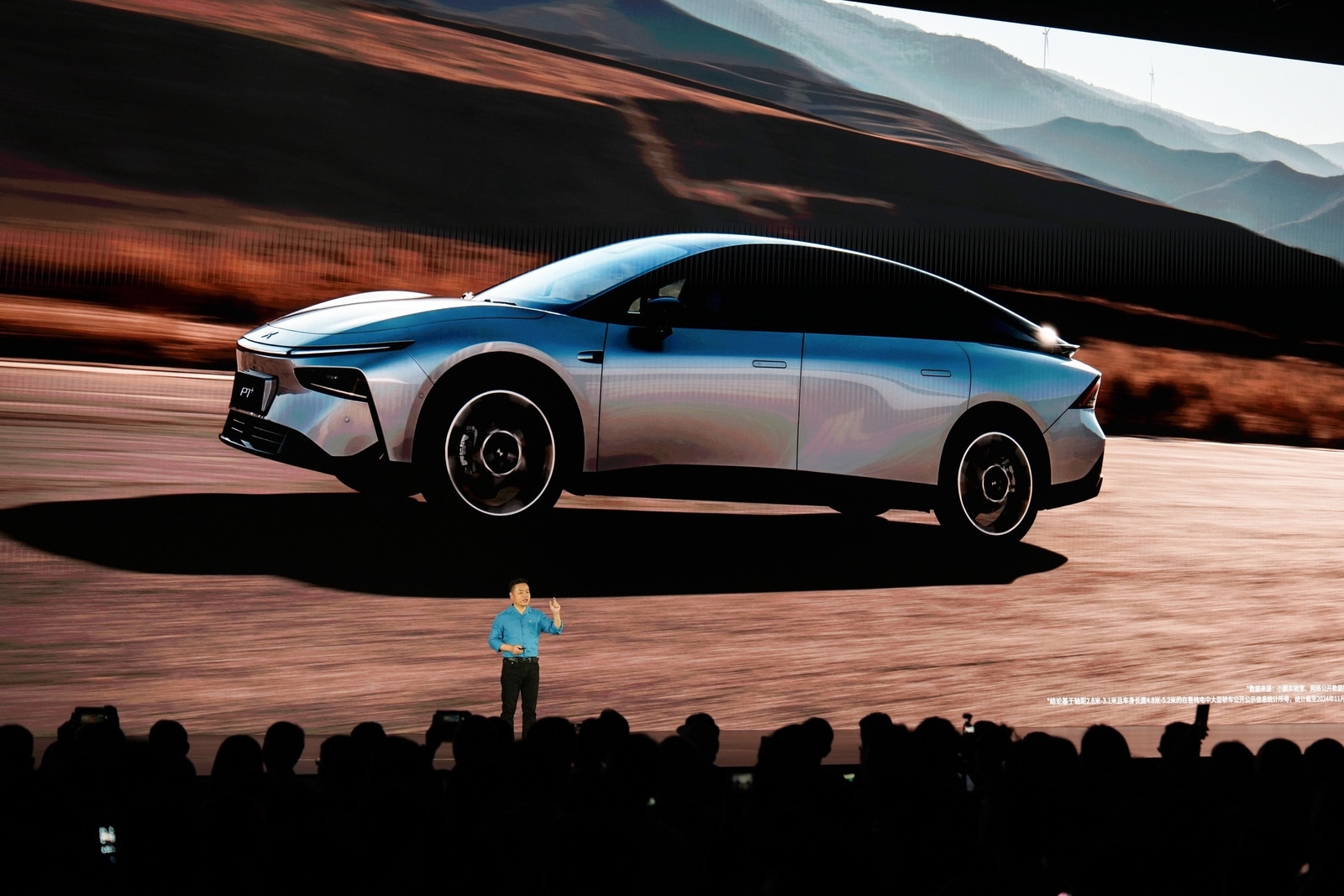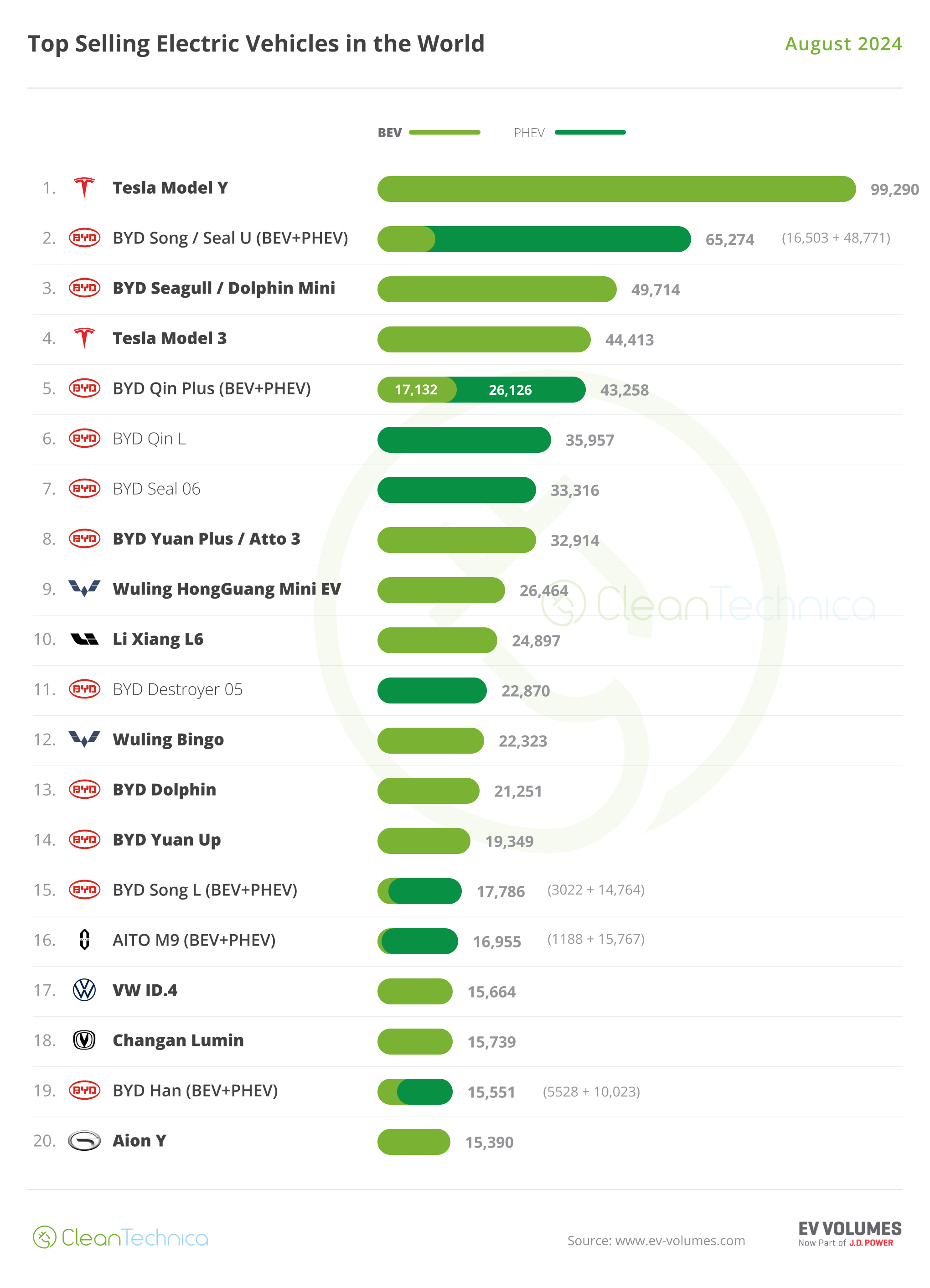Support CleanTechnica’s work through a Substack subscription or on Stripe.
TL;DR: Fossil narratives are collapsing. Economics, physics, and real-world deployment all now point one way: solar + storage.
For several decades now, the fossil lobby has followed the renewable sector like a bad debt — constantly painting molehills as mountains, inventing false comparisons, and trying to derail public understanding any which way it can. Even the COP process has not been spared.
Thankfully, free global markets have used financial innovations to fund everything from small rooftops to gigantic utility solar and wind, in spite of the challenges thrown by opposing lobbies with deeper pockets.
As 2025 draws to a close, it’s worth taking stock of where the global energy economy truly stands and how the next five years are likely to turn out.
Sun Doesn’t Shine at Night Is a Lazy Argument
Before we tackle the cliche, I found these opening lyrics from Hanumankind’s rap “Run it up” unexpectedly fitting. The song’s energy mirrors the smashing growth in renewables, especially in the solar sector. It’s telling when even in pop culture, metaphors are shifting. These lyrics capture the global energy mood in 2025 far better than any stock or AI image.

The scientific observation that “the Sun doesn’t shine at night” is about as useful as saying that “the Sun always shines on half of the Earth.” The fallacy here is the unequal comparison: fossil fuels are evaluated with full benefits of logistics and storage, while renewables are judged as if battery energy storage systems don’t exist.
The crux is this: we need only a few hours of battery energy storage to balance and smoothen the effects of renewable energy on the grid and extract maximum value out of existing solar/wind infrastructure. We don’t need eternal sunshine or month-long seasonal storage. After all, which fossil-consuming industry stores more than a few weeks of fuel stock?
A few hours of battery storage and electrification of energy demand (mobility, cooking, stationary) can arbitrage cheap solar/wind power to reduce expensive peak power demand.
If you are still not convinced, you can hear Elon Musk explain the sheer size of the Sun, availability of battery materials on Earth, non-tariff walls propped up by regulatory bodies, etc. for this point to really sink in.
Forget Technical/Climate Arguments: Pure Economics Wins
If you’ve been following news: large Chinese commercial orders priced battery packs near $66/kWh last year. Meanwhile, per a report by UC Berkeley, battery pack prices available to Indian renewable energy project developers had reached levels near $60/kWh by April 2025 (without any subsidy).
During this period, Brent crude oil has been floating around $60–70 per barrel. This is before refining and logistics. In terms of usable fuel, a barrel of refined diesel can easily cost $150–160 delivered.
Is this even a meaningful comparison anymore? Why would future taxpayers and citizens continue paying to use and maintain a smoky, inefficient, fossil supply chain? Why would they do that when the budget for a few years of fossil fuels can fully finance cheaper, domestic, durable renewable alternatives that promise near flat electricity costs for 70–80% of the calendar year and last 15–20 years?
Economics, not activism, will quietly continue to drive this transition.
Grids Are Easier to Run with Batteries
Micro-grid experiments worldwide prove that households prefer staying connected to a national grid. But more importantly they reveal why our current grids struggle. By sidelining energy storage for decades, we have manufactured problems like the infamous duck curve.
From California to Tamil Nadu, electricity grids showcase the same paradox: utilities curtail cheap renewable electricity because either we have nowhere to store it or the T&D infrastructure faces congestion. Meanwhile, California is discussing NEM3 revisions in a battery-less grid scenario. While the Indian state of Tamil Nadu continues to waste excess solar and wind power.
A battery-first grid flips the grid design and operation logic fundamentally. Instead of the difficult task of matching generation to live instantaneous demand, modern consumers are evolving to charge batteries and reduce peak demand or handle outages better.
Our current grids are operated like a water delivery system, feeding taps on-demand using powered pumps instead of gravity storage. The latter is demonstrably easier, simpler, and reliable to operate and run. Similarly, battery energy storage can absorb a lot of local fluctuations and stabilize the grid by discharging into it.
This reduces the grid stress and peak demand as batteries can tap into vast amounts of wasted renewable energy — daily and seasonally. The bonus effect of decongesting the active T&D infrastructure itself is worth additional billions dollars annually in large grids.
Efficiency: Electricity Beats Combustion Every Time
Thermal systems are thermodynamic tragedies, as they waste a lot of energy simply as heat and noise.
- Internal combustion engines: 30–45% of fuel calorific value as useful mechanical output
- Diesel generators: 35–40% of fuel calorific value as electric yield
On the other hand, with electricity:
- Heating is near 100% conversion
- Induction cooking is faster @ 80–85% efficiency, safer, and cheaper than LPG (IEEFA)
- Modern electric motors work at 85–95% efficiency and increasingly pack more kW/kg
Are Fossils Really Reliable?
Academic debates and podcasts keep insisting that renewables are more variable without even evaluating the case for fossils. Reliability in any domain is more about unknown risks and variable costs.
Renewables installed with energy storage come with predictable output, low geopolitical risk, rapid construction, and no fuel price volatility. Fossils, on the other hand, are dependent on geopolitics, wars, weather, speculation, financial markets, and logistics.
Every time you buy oil or gas, you must immediately plan the next purchase so that the tanks don’t run dry. Moreover, new fossil power plants require years to be planned, financed, and commissioned.
Across the tropical and temperate world, which houses the majority of humanity and most of the ISA countries, current commercial renewable energy solutions with batteries are fit to solve a huge part of the electricity puzzle.
Sustainability Of Fossil Jobs
The “just transition” narrative prevalent in energy sector somehow places the burden to re-skill fossil workers squarely on renewables industry and governments, even though fossils sector continue receiving trillions in hidden subsidies globally every year.
Renewable sector growth numbers tell a different story:
- Renewables have beaten decade-old growth forecasts by 4x–5x.
- They’ve done this without breaking national budgets.
- They continue to create long-duration jobs tied to 10–25 year assets and related operation/maintenance services.
Fossils remain capital-heavy, subsidy-heavy, and price-volatile. Renewables, on the other hand, create stable jobs and are otherwise deflationary in terms of electricity yield.
About the US Subsidy Withdrawal Panic
Modern US mainstream coverage often sits inside its own echo chamber. The rollback of certain EV and battery subsidies in USA is being painted as a short-term crisis.
In reality:
- Subsidies were originally designed to support a high-cost industry.
- Battery prices have fallen 10× over the last decade.
- Removing them now can reduce bureaucracy, accelerate competition, and widen access.
When the underlying product is rapidly deflating, subsidies due to market-wide benchmark prices eventually distort more than they help.
Conclusion: The Future Is Not Waiting
Earlier this year, the US Energy Secretary, Chris Wright, claimed that renewables cannot play a major role (no physical way) in global energy supply. Yet:
- Europe already gets 22% of its electricity from solar alone.
- India and China, together 36% of global population, plan to add thousands of renewable energy gigawatts by 2050.
- AI-driven electricity demand is rising now — not waiting for 2030.
Are we seriously suggesting that data centers and AI clusters should wait 4–5 years for new coal or gas plants to be built, when cheaper and more reliable solar + storage can be deployed in months?
The fossil lobby can try to spin narratives. But physics, economics, and technology trends are now firmly aligned in favor of renewable energy. The only open question is how quickly policymakers and utilities choose to act — because the next five years will widen this gap far more than the last ten.
Sign up for CleanTechnica’s Weekly Substack for Zach and Scott’s in-depth analyses and high level summaries, sign up for our daily newsletter, and follow us on Google News!
Have a tip for CleanTechnica? Want to advertise? Want to suggest a guest for our CleanTech Talk podcast? Contact us here.
Sign up for our daily newsletter for 15 new cleantech stories a day. Or sign up for our weekly one on top stories of the week if daily is too frequent.
CleanTechnica uses affiliate links. See our policy here.
CleanTechnica’s Comment Policy




